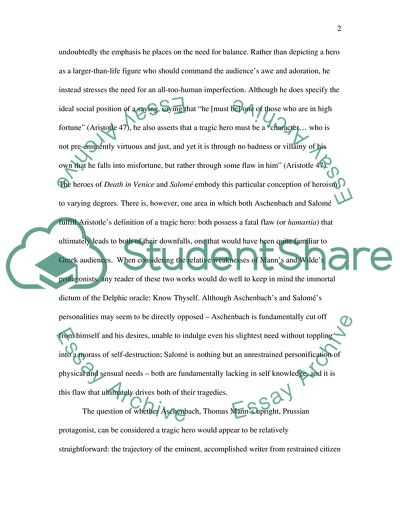Cite this document
(Self-Knowledge and the Heros Tragedy in Death in Venice and Salom Case Study, n.d.)
Self-Knowledge and the Heros Tragedy in Death in Venice and Salom Case Study. https://studentshare.org/literature/1718446-the-tragic-hero-in-salome-and-death-in-venice
Self-Knowledge and the Heros Tragedy in Death in Venice and Salom Case Study. https://studentshare.org/literature/1718446-the-tragic-hero-in-salome-and-death-in-venice
(Self-Knowledge and the Heros Tragedy in Death in Venice and Salom Case Study)
Self-Knowledge and the Heros Tragedy in Death in Venice and Salom Case Study. https://studentshare.org/literature/1718446-the-tragic-hero-in-salome-and-death-in-venice.
Self-Knowledge and the Heros Tragedy in Death in Venice and Salom Case Study. https://studentshare.org/literature/1718446-the-tragic-hero-in-salome-and-death-in-venice.
“Self-Knowledge and the Heros Tragedy in Death in Venice and Salom Case Study”. https://studentshare.org/literature/1718446-the-tragic-hero-in-salome-and-death-in-venice.


